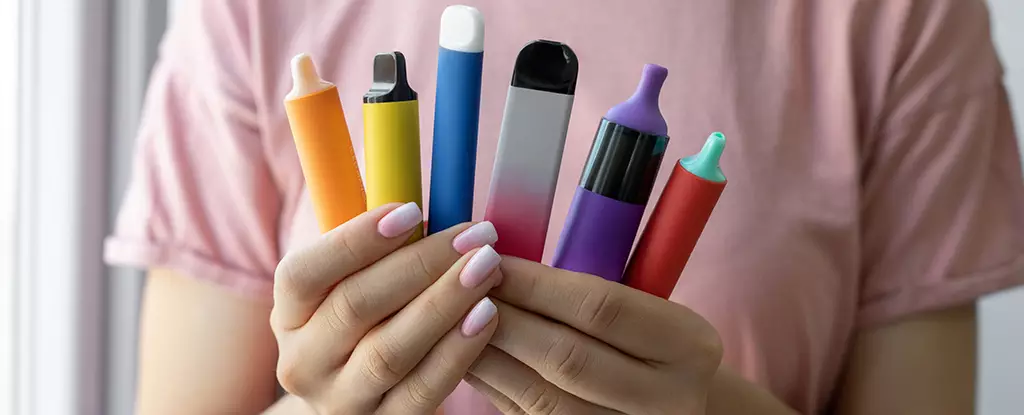When we take a closer look at disposable vapes, we realize that these seemingly simple products are actually quite complex in nature. Disposable vapes consist of various components such as a battery, a pressure sensor, an LED light, a heating element, and a reservoir filled with e-liquid. These components work together to create the vapor that users inhale. Additionally, disposable vapes also contain elements like a semiconductor pressure sensor, an absorbent foam material, and a wicking material. These components are essential for the functionality of the vape and play a crucial role in the vaporization process.
One of the major problems with disposable vapes is that they are not designed to be disassembled. This poses a significant challenge when it comes to recycling and end-of-life recovery of valuable materials. The main housing of disposable vapes is typically made of aluminum with a paint finish and graphics, making it difficult to access the internal components. Removing the end caps of the housing is often a complicated task, and the internal parts are usually wedged or taped together within the main housing. This design makes it nearly impossible to recover valuable resources from disposable vapes efficiently.
The rising popularity of disposable vapes has led to a significant increase in e-waste, particularly single-use e-waste. When disposable vapes are discarded, they contribute to the loss of valuable materials such as aluminum and lithium. Moreover, the lithium batteries inside disposable vapes pose a fire hazard for waste management workers when disposed of improperly. Additionally, the toxic effects of the materials in vapes on the environment are a growing concern. The combination of potentially valuable metals and low-value materials like plastic makes it challenging to separate and recycle disposable vapes effectively.
It is evident that the prevalence of disposable vapes and their impact on the environment cannot be ignored. As consumers, we must be more conscious of the products we use and their long-term effects on the planet. Manufacturers also need to take responsibility for the design and disposal of their products, ensuring that recycling processes are made more accessible and effective. Governments and regulatory bodies play a crucial role in setting standards and guidelines to mitigate the environmental consequences of disposable vapes. By working together, we can address the issue of e-waste generated by disposable vapes and strive towards a more sustainable future.


Leave a Reply